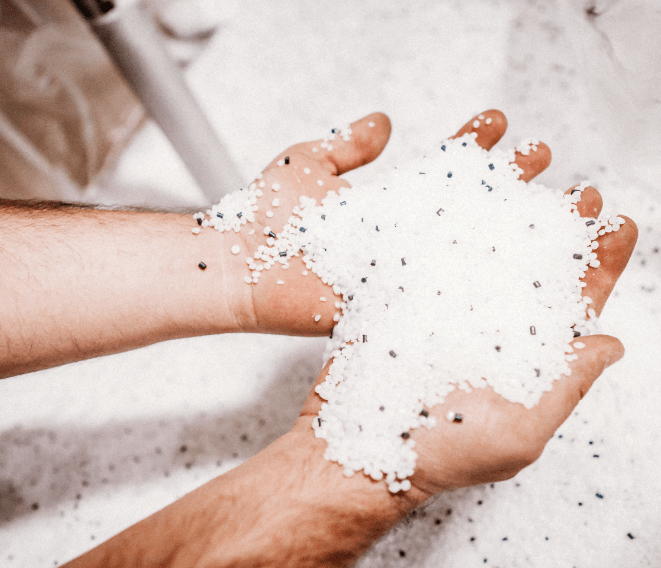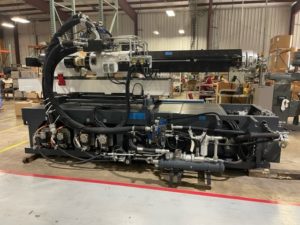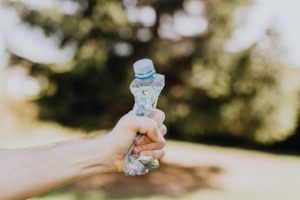With so many everyday objects made from plastics, the average consumer rarely considers where such plastics come from in the first place. What is the lifecycle of these products? How do injection moldingmanufacturers move from the raw material to a finished product? Although the principles of injection molding are simple, the process is multi-faceted and has many steps. Let’s take a look at the typical lifecycle of these plastics.
Where It All Begins: Raw Thermoplastics and Mold Designs
Before any production can begin, the part to be produced must go through the design phase. Businesses may have in-house engineers designing these components, or they may work in concert with engineers from a team such as Reliant Plastics to produce a sensible component design. Materials selection often occurs at this stage, too. There are many types of plastics suitable for injection molding machines, such as ABS, PE, polyamide, and many others. All these plastics begin their life in the production process as pellets of raw material, which will ultimately be melted down for use within the molding machine. With the material selected and the part designed, the next step involves extensive analysis and design work to create the mold unit for the component.
The Manufacturing Process
After designing the part, the tooling to produce it and creating a prototype, the time comes to produce plastic components. The Reliant Plastics teams use highly precise computer software to create the physical mold tooling, which undergoes thorough testing before and after manufacture to ensure it produces parts at the appropriate tolerance thresholds. When production runs begin, molding machines force molten thermoplastics into the mold cavities. One mold can produce as many as four, eight, or more parts per injection.
How long does an injection mold last? The answer depends on the type of material used for the mold (usually stainless steel or aluminum), the type of plastic material and its filler, and how many cavities the mold contains. Depending on different factors, a single mold will be good for at least 100,000+ cycles, with many molds capable of achieving lifetime cycle counts in the millions. Attentive care for the mold and early recognition of tool wear can aid in further prolonging the life of a mold, making it an even more cost-effective investment.
The Lifespan of Thermoplastic Parts
One of the significant advantages of numerous thermoplastic resins is their incredible stability and reliability. Most parts formed through injection molding will last indefinitely, although those in functional roles generating wear and tear will eventually reach a point of failure. However, remember that these plastics feature prominently in high-intensity environments such as the automotive and aerospace industries. If a plastic formed from a mold is strong enough to fly to space or keep airline passengers safe at 40,000 feet, it’s robust enough for your business, too.
Explore More About Using This Process Today
Although this is only a basic overview of the lifecycle of injection molded plastics, the process itself is easy to see. Additional steps along the way ensure that customers always receive parts of the appropriate quality while keeping long-term investments more reliably profitable. At Reliant Plastics, we leverage decades of experience and the latest in molding technology to deliver superior outcomes for clients across many industries. Discover more about this process and our team today.




